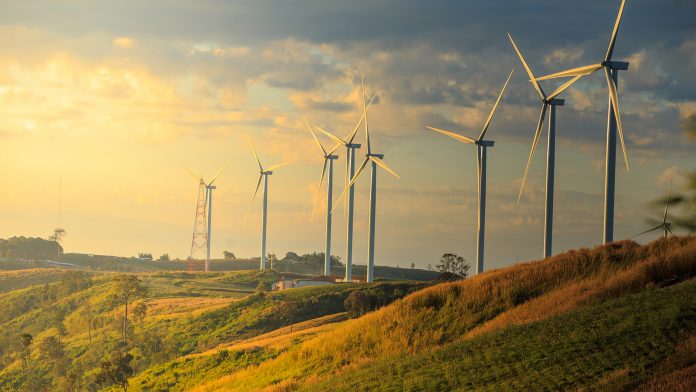Bo Normark, Industrial Strategy Executive at EIT InnoEnergy Scandinavia, explains that a transformation of Europe’s value chains is needed for decarbonisation.
We are in an unprecedented transformation of the power, transport, and industrial value chains, which is driven by the urgent need for decarbonisation. A common denominator for the solutions at hand is electrification. Today, about 18% of energy used is delivered in the form of electricity and it is expected that this share will raise to over 50% by 2050. At the same time, the total energy used will be reduced, therefore increasing efficiency.
Questions around these value chains have arisen: what are the challenges and solutions for the energy transition, where do we need to focus, and what technologies will prevail?
Electrification of the power industry
In the power industry, for the last decade, attention has been given to the development of renewable energy in the form of bioenergy, wind, and solar. Over the years, we have seen dramatic reductions in the cost of these technologies, particularly in wind and solar. These cost reductions can be attributed to the economy of scale in mass production, following a learning curve commonly known as Wright’s experience curve. This effect has been clearly seen in the production of solar photovoltaics.
Another mechanism for cost reduction is an economy of size, suggesting that larger units will result in reduced costs. A typical example here is wind turbines. In the real world, cost reductions, to some extent, are a combination of many factors and include step changes in cost performance driven by innovation. We have not finished increasing cost-performance in solar and wind, and it is clear that more must be done in the power sector.
First is figuring out how much plannable and dispatchable energy we need in the energy mix. This is the reason that we are seeing a newfound interest in small modular reactors (SMRs). However, another solution is energy storage, which will take a significant role in the new power system. Energy storage will provide multiple services such as peak load, energy shifting, and system services like frequency control. Because of this, more intelligent IT solutions which aggregate information have also been a major focus.
Other solutions include ocean power, which has a much more stable production of electricity than wind and solar, but is also desynchronised from these sources. The result from these possible solutions will be a completely decarbonised power system dominated by renewable power production.
Ensuring the decarbonisation of the transport sector
The transport sector has already seen that electrification is taking over as the most viable solution for decarbonisation. This has been driven by an unprecedented cost reduction of batteries by about 90% in the last decade. It is fair to say that the large battery volumes required for the transport sector have been driving up demand and driving down battery costs, to the benefit of other sectors such as the power industry.
In all segments of the transport sector, from two-wheelers all the way up to heavy long-haul trucks, we can find commercial products in the market. But electric vehicles are more than batteries, and the development of power semiconductors, electric motors, and sophisticated IT systems is also accelerating. Again, the automotive sector offers large volumes that justifies high development costs. Here, the share volumes in the automotive sector will also drive down the costs to the benefit of other sectors.
The manufacturing industry needs electrification
The manufacturing industry is a large emitter and electrification is the solution. The first industry that has taken this onboard on a large scale is the steel industry, where green hydrogen produced by renewable energy can almost eliminate CO2 emissions. We can expect other industries to follow.
What can we expect for the energy industry in the future?
One definite trend is sector coupling between the three industrial verticals discussed. For example, electric vehicles will require an increased load on the power system but can, on the other hand, offer both flexibility and energy storage capacity – and the amounts are significant. Through the optimisation of the transport and power system together, large savings and increased resilience can be achieved. Another example is the massive investments planned in producing green hydrogen to decarbonise industries. This volume effect will drive down the cost of green hydrogen to the benefit of other sectors interested in this element.
Finally, one challenge that is common for all discussed verticals is the right skilled people in sufficient quantities. This will be a combined task for industry and public institutions. We have a massive challenge to reskill people in current industries, such as fossil engines, and training of new people will also be necessary. It is therefore likely that a transformation of the education system is needed.

Bo Normark
Industrial Strategy Executive
EIT InnoEnergy Scandinavia
https://www.innoenergy.com/
Please note, this article will also appear in the thirteenth edition of our quarterly publication.









